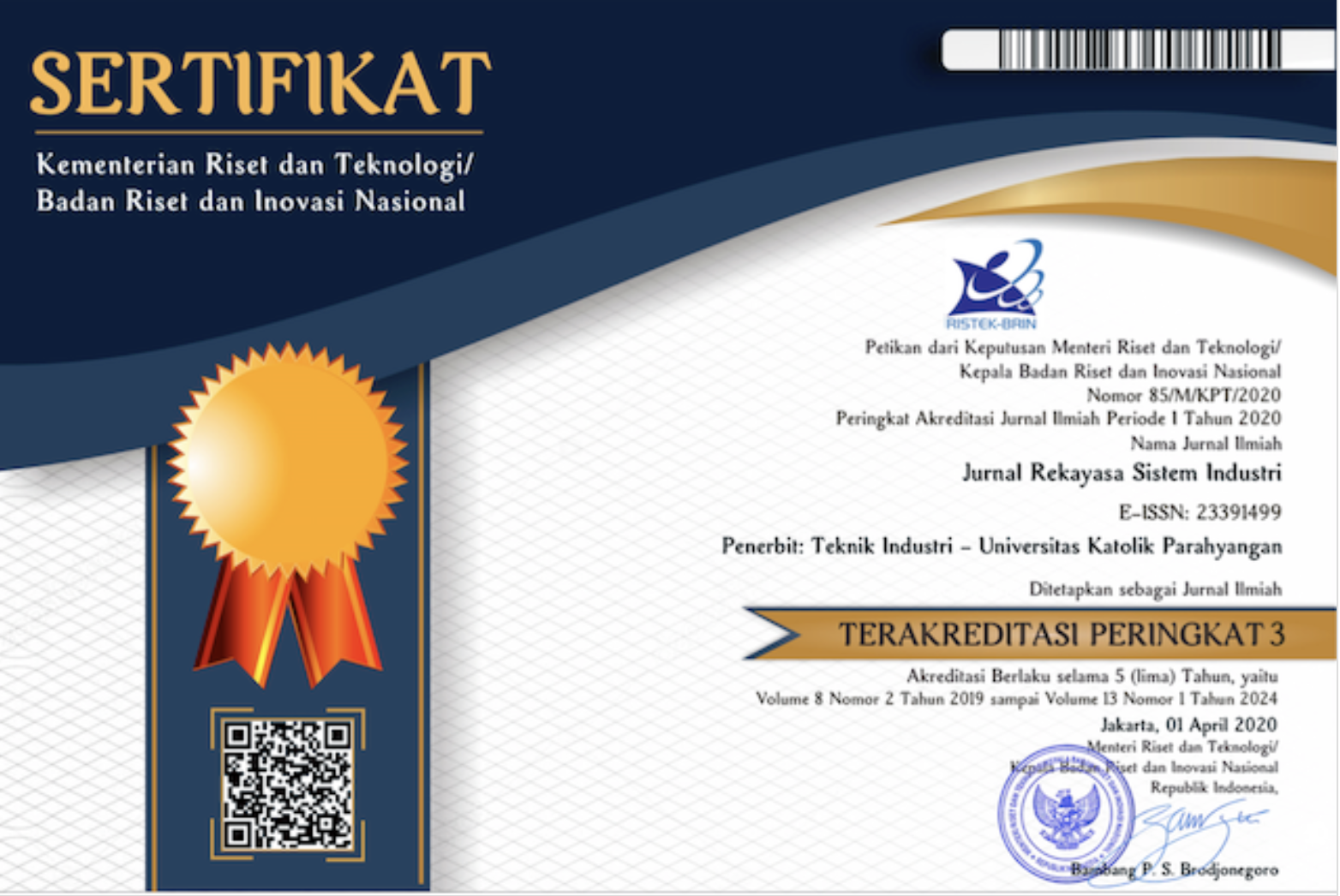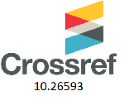Pembuatan Masterplan Sistem Smart Green Car Indonesia 2025 Menggunakan Konsep System Engineering
DOI:
https://doi.org/10.26593/jrsi.v6i2.2340.67-78Abstrak
In transportation activity, human need a transportation equipment such as car, motorcycle, plane, train, etc. As the number of urban population increase, the number of vehicle increase also, especially for country which has a big number of urban population like Indonesia. The more vehicle and private vehicle owned by urban population cause some effects. The first effect is air pollution that is caused by internal combustion engine gas emission that can give bad effect to human’s health. Second, the increasing consumption of fossil fuel which is one of unrenewable natural resources that we must keep the level of consumption so that we are not run out of fuel before it can be produced again. Third is the increasing of traffic accident which are caused by human error. Therefore, it is important to make a concept about future vehicle which is not use fossil fuel, environmentally friendly and equipped with smart system to prevent accidents. This research aim is to develop a car system concept which can help to solve this problem in Indonesia in 2025 using system engineering methodology from INCOSE which begin with need identification, stakeholder identification (context diagram), concept of operations (ConOps), stakeholder requirement (core functional matrix and QFD) and system architecting. The result of this research is a smart green car system masterplan in Indonesia in 2025.
Referensi
Asril, S., 90 Persen Kecelakaan karena Faktor Manusia, [Online], Diakses dari: http://megapolitan.kompas.com/read/2012/07/26/10303566/90.Persen.Kecelakaan.karena.Faktor.Manusia [2017, 21 Februari].
Badan Pusat Statistik., Perkembangan Jumlah Kendaraan Bermotor Menurut Jenis Tahun 1987-2013, [Online], Diakses dari: https://www.bps.go.id/linkTabelStatis/view/id/1413 [2017, 24 Februari].
Forbes., Top 10 Advanced Car Technologies by 2020, [online], Diakses dari: https://www.forbes.com/sites/kbrauer/2015/01/19/top-10-advanced-car-technologies-by-2020/#3b6266026705 [2017, 22 Februari].
INCOSE. (2015). System Engineering Handbook: A Guide For System Life Cycle Processes and Activities (4th ed.). New Jersey: John Wiley & Sons.
Kementrian ESDM., Kajian Supply and Demand Energy, [Online], Diakses dari: http://prokum.esdm.go.id/Publikasi/Hasil%20Kajian/ESDM%20SDE.pdf [2017, 21 Februari].
Kementrian ESDM., Statistik Minyak Bumi, [Online], Diakses dari: http://prokum.esdm.go.id/Publikasi/Statistik/Statistik%20Minyak%20Bumi.pdf [2017, 21 Februari].
Liansari, G.P., Novirani D., Subagja, R.N. (2016). Rancangan Blueprint Alat Cetak Kue Balok yang Ergonomis dengan Metode Ergonomic Function Deployment (EFD). Jurnal Rekayasa Sistem Industri. Vol 5(2).
Setiawan, D., Data Terkini, Jumlah Penduduk Indonesia 257,9 Juta, yang Wajib KTP 182,5 Juta, [Online], Diakses dari: http://jateng.tribunnews.com/2016/09/01/data-terkini-jumlah-penduduk-indonesia-2579-juta-yang-wajib-ktp-1825-juta [2017, 24 Februari].













